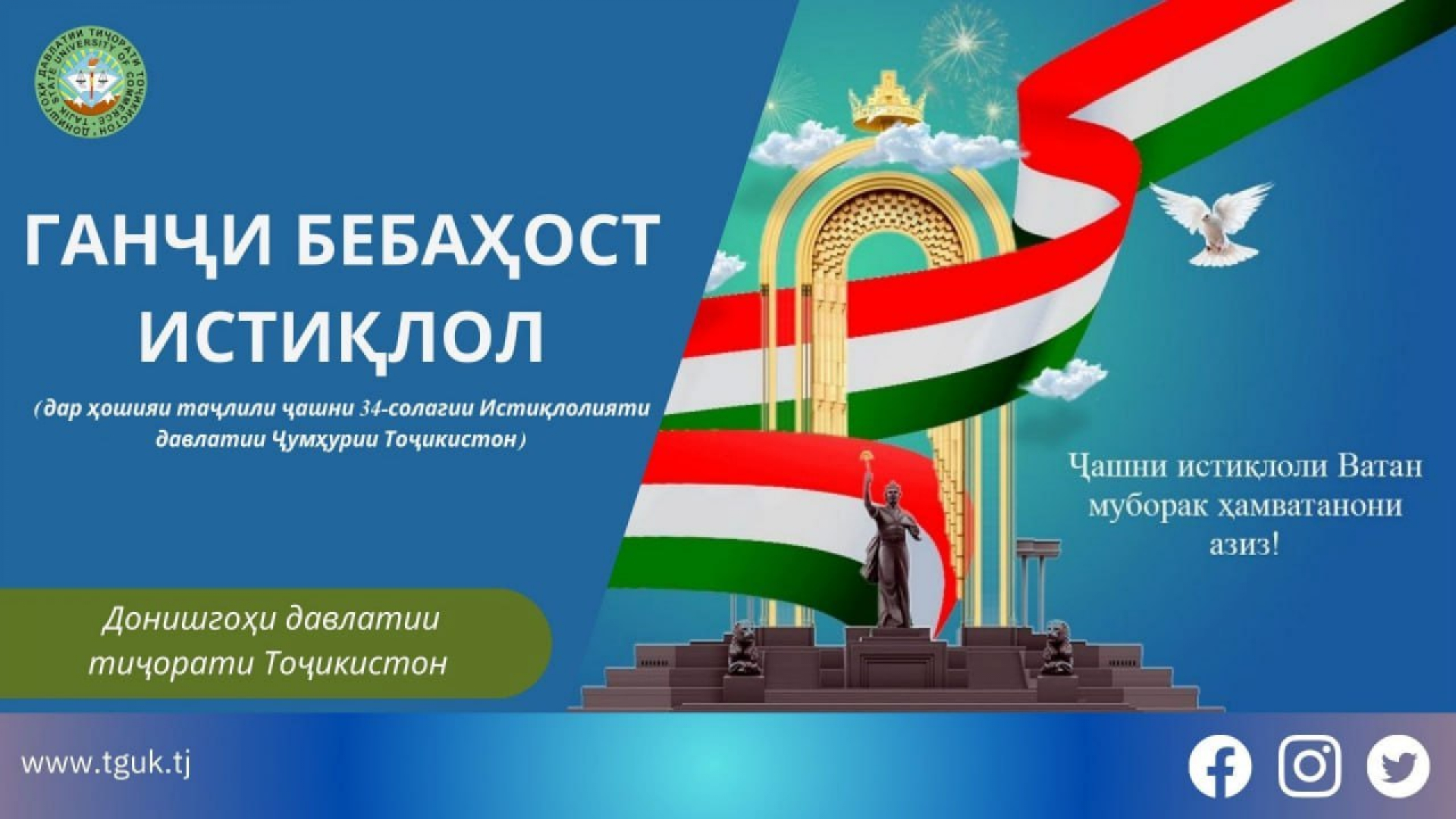Three decades is a sufficient period for conducting a substantive economic and statistical analysis, allowing for an assessment of not only the successes but also the sustainability of the chosen development model. This study aims to evaluate the extent to which the Republic of Tajikistan has managed to overcome the structural imbalances inherited from the Soviet period and what new economic model has de facto formed by 2024.
1. Phasing of Economic Development: From Collapse to Growth
Analysis of real GDP dynamics allows for a clear identification of four main phases:
Phase 1 (1991-1997): Deep Transformational Crisis. The decline in real GDP peaked at 29% (1993). The cumulative decline for the period exceeded 50%. Hyperinflation (1993 – ~2000-7000% according to various estimates). The economy was in a state of systemic disintegration.
Phase 2 (1997-2008): Recovery Growth and Stabilization. With the end of the civil conflict, a period of high growth rates began (on average 8-9% per year), driven primarily by the low base effect, the establishment of institutions, and the influx of the first foreign investments into the aluminum and cotton sectors.
Phase 3 (2008-2020): Formation of the "Remittance-Resource" Model. Growth began to be determined by two key factors: 1) Migrant remittances (peaked at 48.8% of GDP in 2013); 2) Implementation of major infrastructure projects (Rogun HPP, GAZPROM-500, CASA-1000 power transmission lines). GDP growth stabilized at 6-7% per year.
Phase 4 (2020-present): Crises and the Search for New Resilience. The COVID-19 pandemic (GDP decline of -4.5% in 2020) and the subsequent global economic crisis exposed the vulnerability of the model dependent on external remittances and commodity prices.
2. Structural Shifts: A Quantitative Assessment
Analysis of the structure of GDP and exports over 34 years shows both changes and persistent problems.
The economy has formally transitioned to an agrarian-service type. However, the share of agriculture remains anomalously high for a country at Tajikistan's income level, indicating weak diversification.
The export structure, despite some positive shifts, remains resource-oriented and extremely vulnerable to fluctuations in world prices.
3. Key Macroeconomic Indicators: Achievements and Challenges
GDP per capita (PPP): Growth from extremely low levels in the 1990s to ~$4,800 in 2024. However, the level remains one of the lowest in the CIS region.
Remittances: Remain the "lifeblood" of the economy. In 2023, the volume of inflows amounted to $2.9 billion (~21% of GDP). This creates macroeconomic vulnerability.
Public Debt: A subject of balancing. It has increased over the last decade to finance infrastructure (Rogun HPP). At the end of 2023, it was about 50% of GDP, which is on the verge of a moderate debt burden level for low-income countries.
Poverty: The most significant success. The poverty rate (according to the national poverty line) decreased from 83% in 1999 to ~26% in 2022.
The conducted quantitative analysis over 34 years allows for the following unique conclusions, which form the scientific novelty:
1. A unique economic model has been formed, which has no analogues in the region: it is characterized by the triad "Labor Migration (Remittances) + Large-Scale Hydropower + Traditional Agricultural Raw Materials". This model has ensured growth and relative stability but has not solved the problem of diversification.
2. Significant progress has been made in overcoming poverty and infrastructure development, which is a direct consequence of state policy and the use of migration-derived funds.
3. Structural problems are chronic: The economy remains "dually dependent": on the conjuncture of commodity markets (aluminum, cotton) and on the economic situation in Russia (employment of migrants). This makes it extremely vulnerable to external shocks.
4. The key challenge for the next 34 years is the transition of the economy from an extensive "remittance-raw material" model to an intensive model of domestic production with high added value, based on the processing of local resources (agricultural products, energy) and the development of non-commodity exports.
Thus, Independence Day is not only an occasion to celebrate achievements but also a point for the strategic assessment of long-term trajectories and risks, which has been carried out in this study.
Nurmakhmadov ZamirMirmahmadovich, Senior Lecturer Department of World Economy and International Relations

 Тоҷикӣ
Тоҷикӣ
 Русский
Русский  English (UK)
English (UK) 
